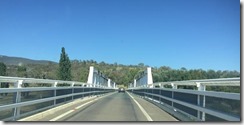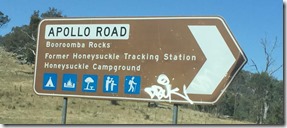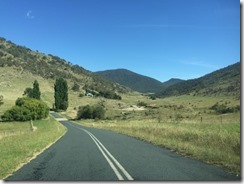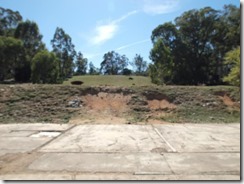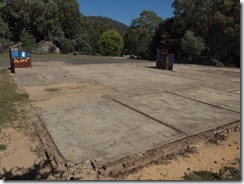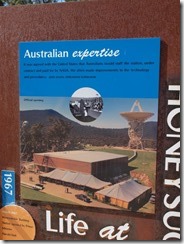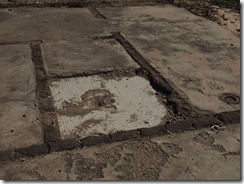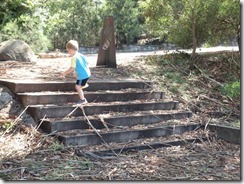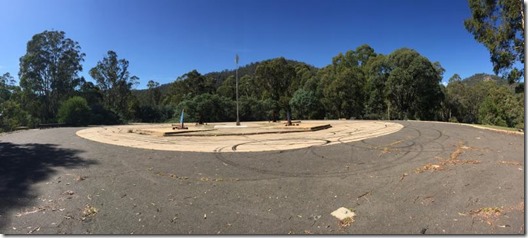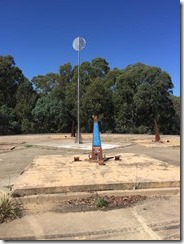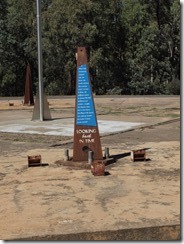This morning Damian and I took a little science excursion and visited the former site of the Honeysuckle Creek tracking station, south of Canberra. It’s only about a 40 minute drive from the heart of the Nation’s capital, and this unassuming location played a huge role in the Apollo program of the 1960s and 1970s:
The Honeysuckle Creek station is most famous for being the antenna which received and relayed to the world the first historic TV images of astronaut Neil Armstrong setting foot on the Moon on 21 July 1969. https://en.wikipedia.org/wiki/Honeysuckle_Creek_Tracking_Station
Ever since we re-watched the seminal Australian film “The Dish (2000)” (which I highly recommend), I was curious about this other Australian tracking station which played a part in the famous Neil Armstrong moonwalk. Being so close to Canberra, it’s a wonder I waited this long to explore! The trip takes you south past the southernmost tip of Tuggeranong, out past Tharwa and across the rustic one way bridge and into the Namadgi National Park.
There’s a decent sign pointing the way to former Honeysuckle Creek Tracking Station (HSK), above – but nothing leading to or from the T-intersection hints at the historic location buried within the National Park.
Once you make the right turn west, it’s nothing but rolling hills and winding road..
It’s only a few minutes from the turnoff that you arrive at what is now known as the Honeysuckle Creek camping grounds, and at first it’s a bit hard to get your bearings. Once a thriving centre of scientific exploration is now home mostly to concrete and scattered bush. There’s a few decently appointed plaques and photos erected on top of the foundations of the former station, but not much else remains.
Despite completely clearing the grounds, the terrain was untouched and looks as it would have back in the station’s heyday. The information on site shows a floor plan of the station as well as aerial photographs of the facility when it was opened back in 1967, by the then Prime Minister – Harold Holt (who obviously wasn’t getting too carried away…).
Properly orientated, the view from the foundations towards where the dish would have sat was quite emphatic.
There’s still concrete stairs which would have linked the station to the dish, as depicted in the old photos.

One the way there’s another console style information panel with information on the constellations above. It must be some view of the heavens out here at night, free of the city lights..
We’re challenged by the information to locate the shower – it’s still there, to a degree.
The steps leading from the driveway to the front of the station still exist to this day – but time has not been particularly kind to them.
It seems like we’re the only people for miles around, we have the whole place to ourselves, and the weather presented us with blue skies and the heat of a low 30s early March day.
After exploring the facility foundations, we made our way up to the location which once accepted man’s first video transmission from the moon: the antenna.
Finally, a pan of the foundations of the antenna. There’s some additional stands around the base of the foundation, although nothing which would replace the height and impressiveness of the original antenna, which is only a few kms away now, resting in retirement at Tidbinbilla Tracking Station.
If you’re interested in further reading about Honeysuckle Creek, this website dedicated to HSK is worth a look.
